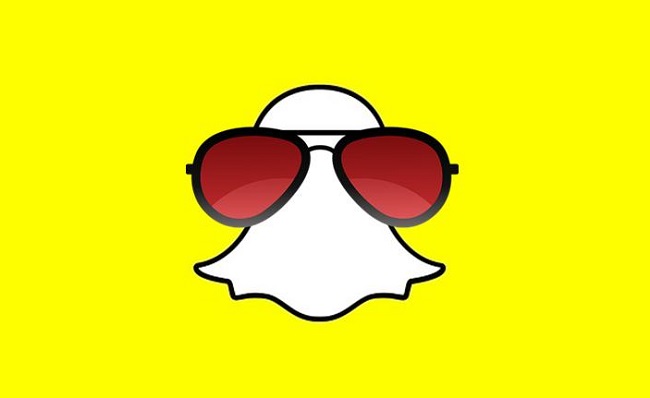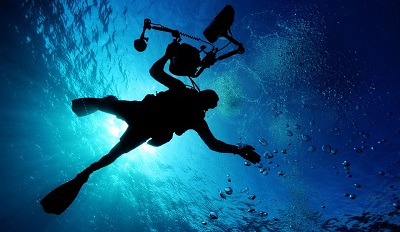The popular mobile app is reportedly working on its first ever hardware product which will provide AR.
Snapchat is reportedly in the midst of developing its first hardware offering in the form of an augmented reality headset. Reports have stated that it will arrive in the form of AR glasses that will be comparable to the HoloLens from Microsoft or even Google Glass.
As of yet, Snapchat has yet to officially confirm that it is indeed pursuing this type of device.
At the same time, more fuel was added to the fire behind the claim that Snapchat was coming up with an augmented reality headset following a recent move. The disappearing photo app joined the Bluetooth Special Interest Group. That is a wireless technology industry body. It suggests that, at the very least, Snapchat is working on a device of some kind.
 Moreover, this would not be Snapchat’s first foray into the world of augmented reality technology. It has already added a spectrum of new filters – called Lenses – within its mobile app.
Moreover, this would not be Snapchat’s first foray into the world of augmented reality technology. It has already added a spectrum of new filters – called Lenses – within its mobile app.
The augmented reality headset would take the experience beyond accessorizing selfies.
While the Lenses make it possible to add drawings, masks and other kinds of alterations and accessories to photos, the device would take digital enhancements beyond pictures. The company would be able to take a similar concept to Lenses and apply it to wearable technology. It would be possible without needing to look at a smartphone screen.
The company has also reportedly been hiring from augmented reality departments of large tech firms. These include Google, Logitech and even Nokia. While there has been some interest in AR expressed by Apple, Google, Facebook and Microsoft, none of these giants have yet to launch a successful product based on that tech.
Google had a limited launch of its Google Glass wearable technology, having unveiled it in 2012. However, it halted its sales only three years later in part because of the criticism it drew regarding its hefty price and certain usage habits. For instance, drivers were being pulled over for being behind the wheel while wearing it. People were being questioned by police when wearing them into movie theatres. Moreover, the general public disliked the fact that they could be filmed by a wearer without knowing it.
In 2014, Snapchat acquired an augmented reality headset product making company called Vergence Labs. Ahead of the acquisition, the company launched a fashionable glasses range called Epiphany Eyewear which can record up to 32GB of footage and store it.

 Just like the Marvel superhero Iron Man, divers will be able to view all the necessary data they need within the helmet, from checking their location to tapping into sonar data. They can keep looking straight ahead instead of having to
Just like the Marvel superhero Iron Man, divers will be able to view all the necessary data they need within the helmet, from checking their location to tapping into sonar data. They can keep looking straight ahead instead of having to 